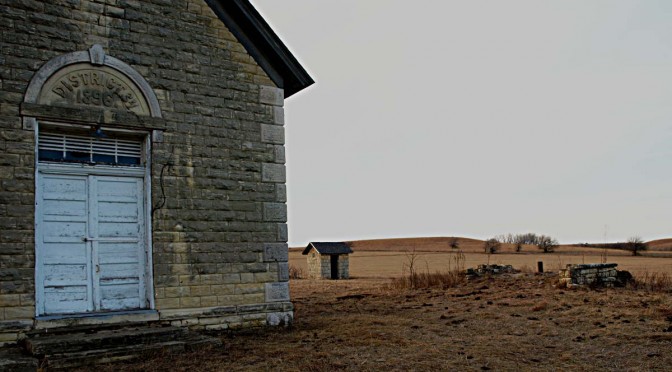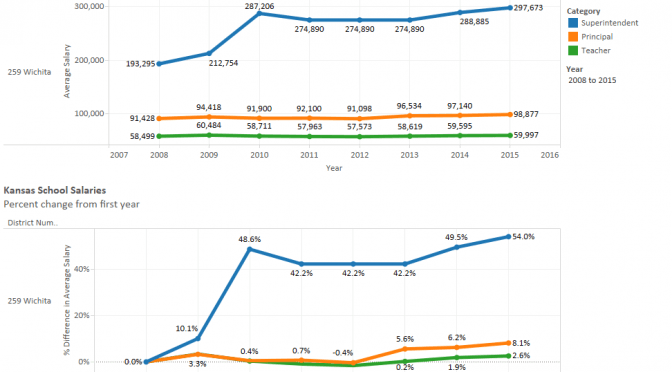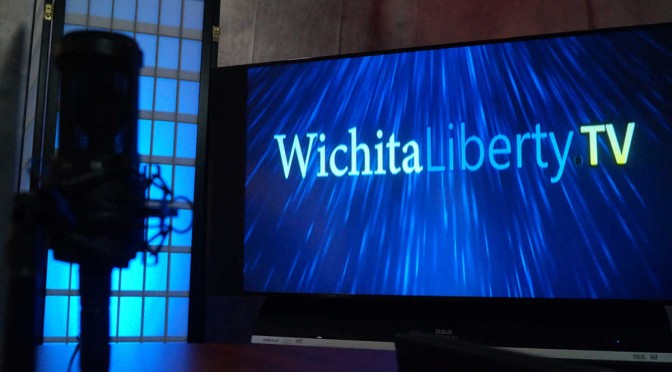Tag: Kansas National Education Association
-

Kansas teachers union objects. Strenuously.
Here are a few items from today’s missive from Kansas National Education Association, the teachers union, along with commentary.
-

Kansas teachers union opposes bill that empowers teachers
Kansas National Education Association, the state’s teachers union, opposes a bill that empowers teachers.
-

In Kansas, teachers unions should stand for retention
A bill requiring teachers union to stand for retention elections each year would be good for teachers, students, and taxpayers.
-

Wichita teacher salaries compared
If Wichita public school teachers seem to be unhappy with their pay, there’s a reason why.
-

WichitaLiberty.TV: Goals for the Kansas Legislature, school choice in Kansas
In this episode of WichitaLiberty.TV: There are worthy goals the Kansas Legislature should tackle, and the need for school choice in Kansas.
-

After years of low standards, Kansas schools adopt truthful standards
In a refreshing change, Kansas schools have adopted realistic standards for students, but only after many years of evaluating students using low standards.
-

Kansas schools and other states
A joint statement released by Kansas Association of School Boards, United School Administrators of Kansas, Kansas School Superintendents’ Association, and Kansas National Education Association makes claims about Kansas public schools that aren’t factual.
-

Must it be public schools?
A joint statement released by Kansas Association of School Boards, United School Administrators of Kansas, Kansas School Superintendents’ Association, and Kansas National Education Association exposes the attitudes of the Kansas public school establishment.
-

School choice in Kansas: The haves and have-nots
Kansas non-profit executives work to deny low-income families the school choice opportunities that executive salaries can afford.
-

Survey finds Kansans with little knowledge of school spending
As in years past, a survey finds that when Kansans are asked questions about the level of school spending, few have the correct information.
-

What are opinions of the level of Kansas school spending?
Part of the difficulty in understanding and debating school spending in Kansas is the starting point, that is, the lack of factual information. From 2012, a look at a survey that revealed the level of knowledge of school spending by Kansans.
-

Kansas teachers earn pension credit while working for union
An audit finds that a handful of Kansas teachers have accumulated KPERS service credits while working for teachers unions.